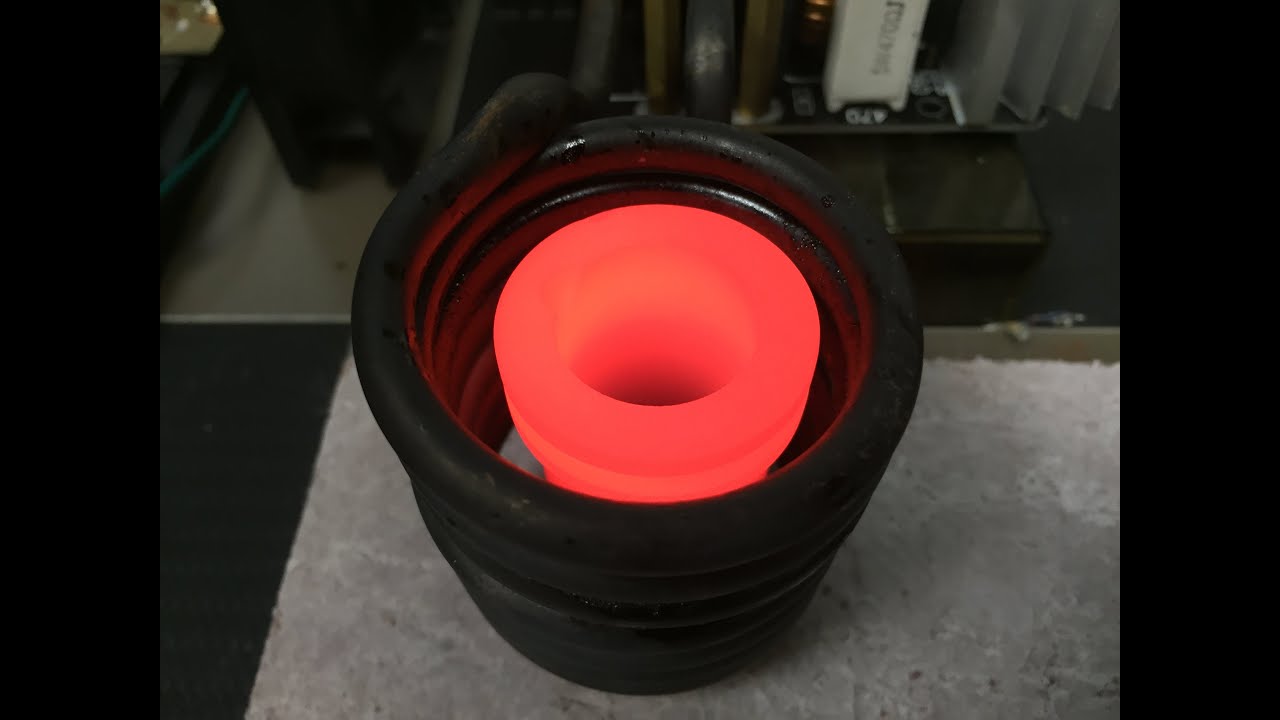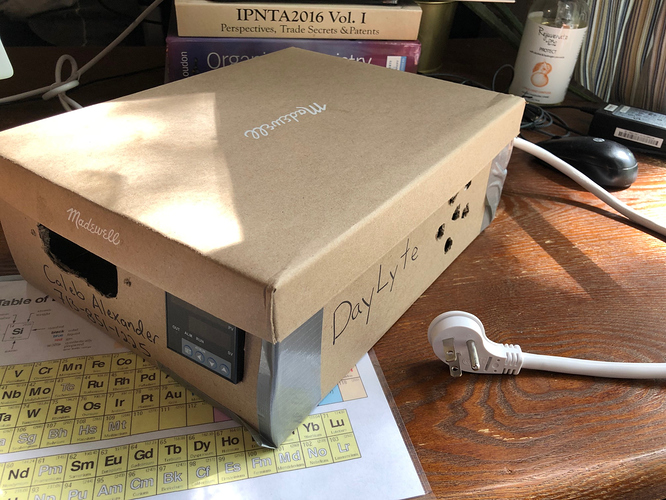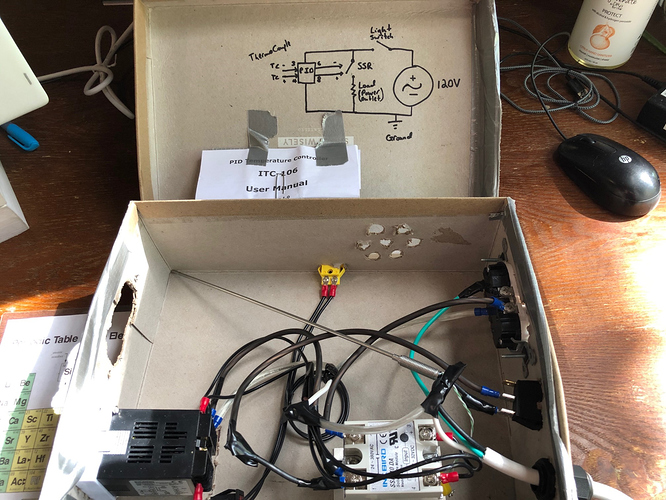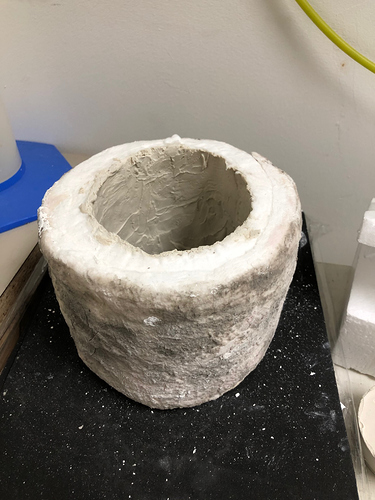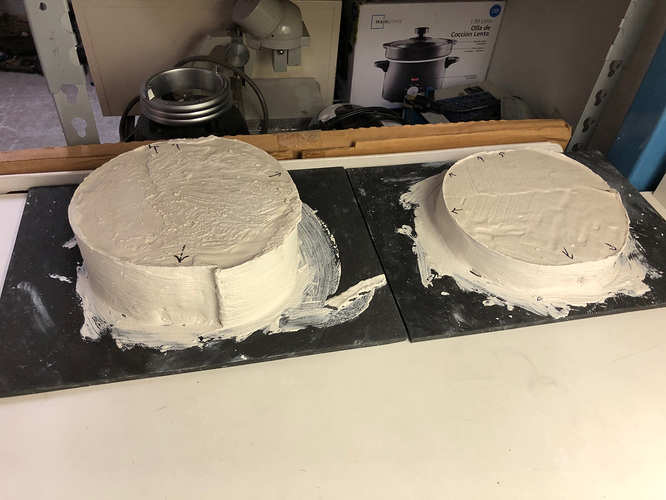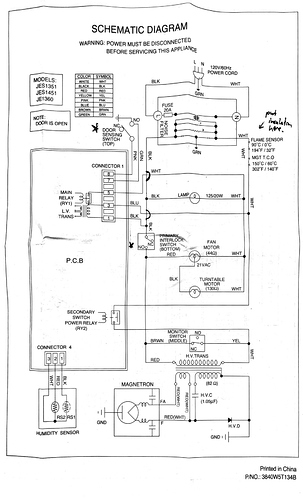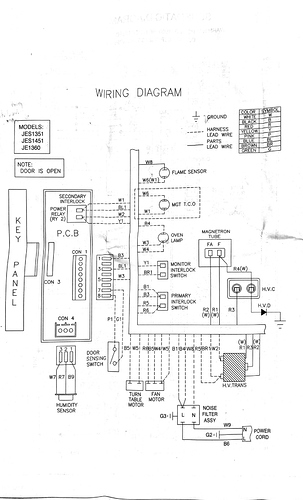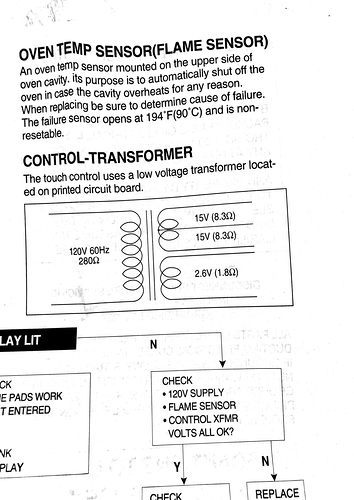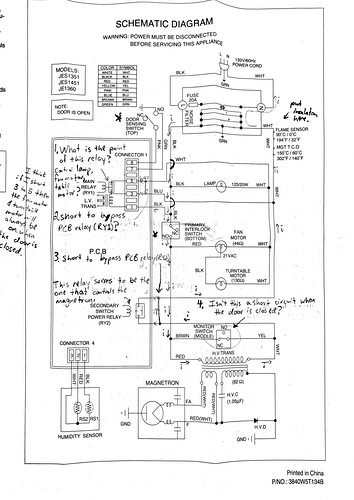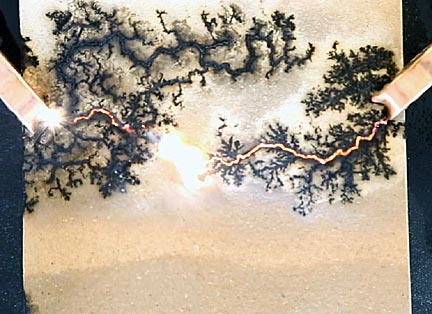Hi everyone,
I have an idea for a new/better battery to make renewable energy practical/affordable and I’m in the proof-of-concept phase now. Some older hard tech entrepreneurs I talked to independently said it would take 1million+2yrs to do the proof-of-concept work which I definitely don't have (I'm living off my grad student savings atm). So I figured if I could do the first step of the first step of the proof-of-concept, I could use that to prove to grant/fellowship/competition reviewers that I'm legit and give me a shot+grant . Work-wise, I’m trying to make a ceramic-polymer composite membrane and the first step I’m trying to do is to make the ceramic material which involves mixing some of the above powders together and heating them. Nothing dangerous.
To heat them, I was planning on converting a toaster oven into a small furnace with temperature control and data logger. I should be picking up most of the parts today and the rest maybe next week. Although I’ve done some research on how to do this, I haven’t modified appliances before so I’d appreciate any metal work/electronics help/advice folks have to offer. I’ll then make some samples in the biolab and bring some tools like a mass balance, sonicator, hot plate, etc. The powders I’m working with are benign like SiO2, ZrO2, sodium phosphate, baking soda, water, etc. but some of them are about micron sized so I’ll be working with them in the fume hood with a face mask to avoid accidentally breathing any in. Due to the 12hr/week work schedule, I figure that the project of converting the microwave and making the samples would take 1-3months. If you’re interested in working with me or have more questions, feel free to hit me up 
Best,
Caleb
